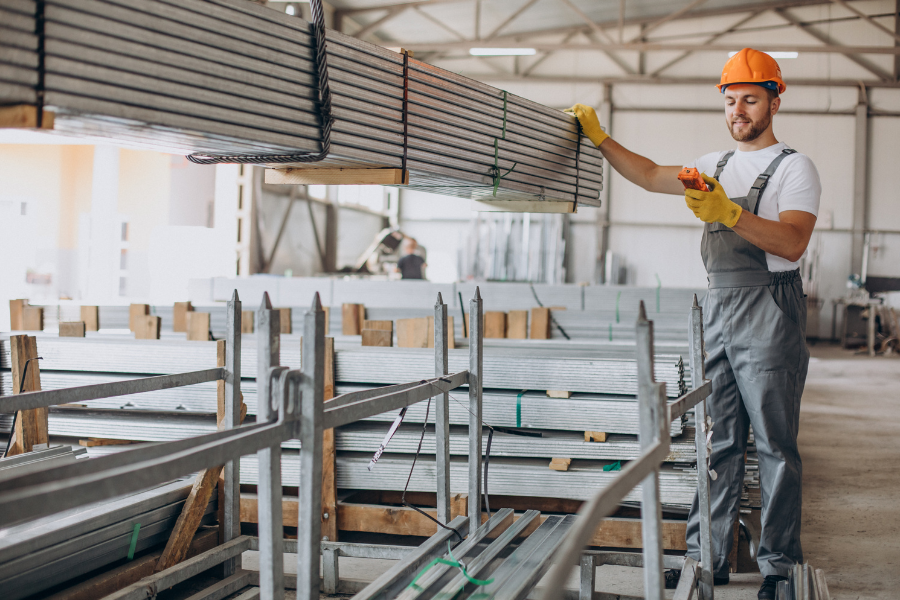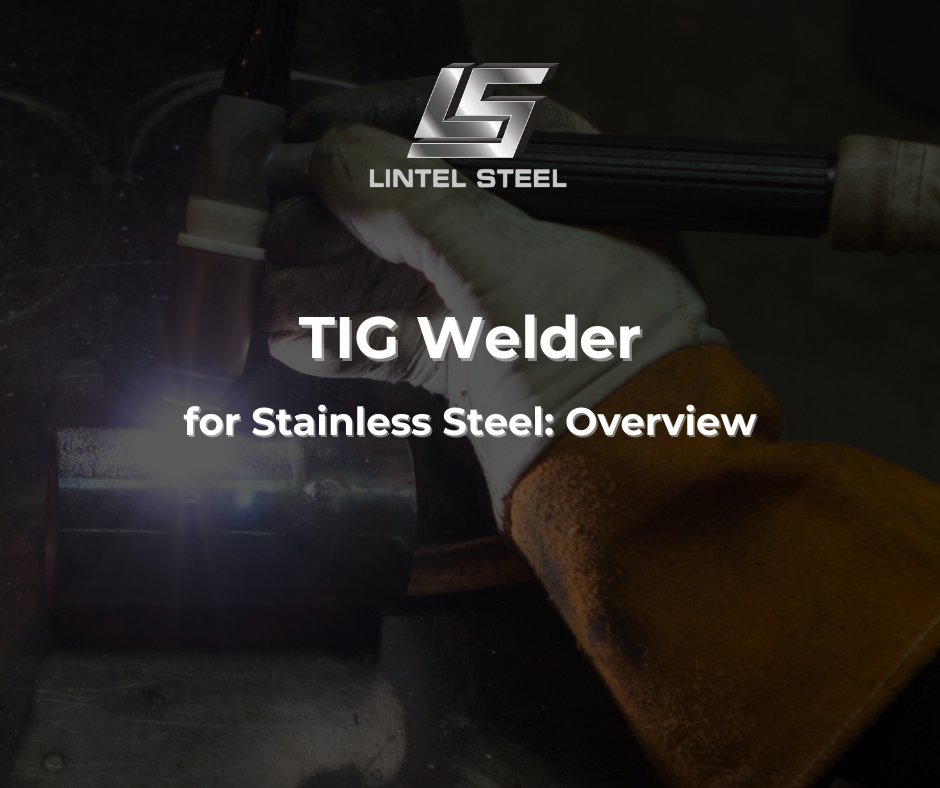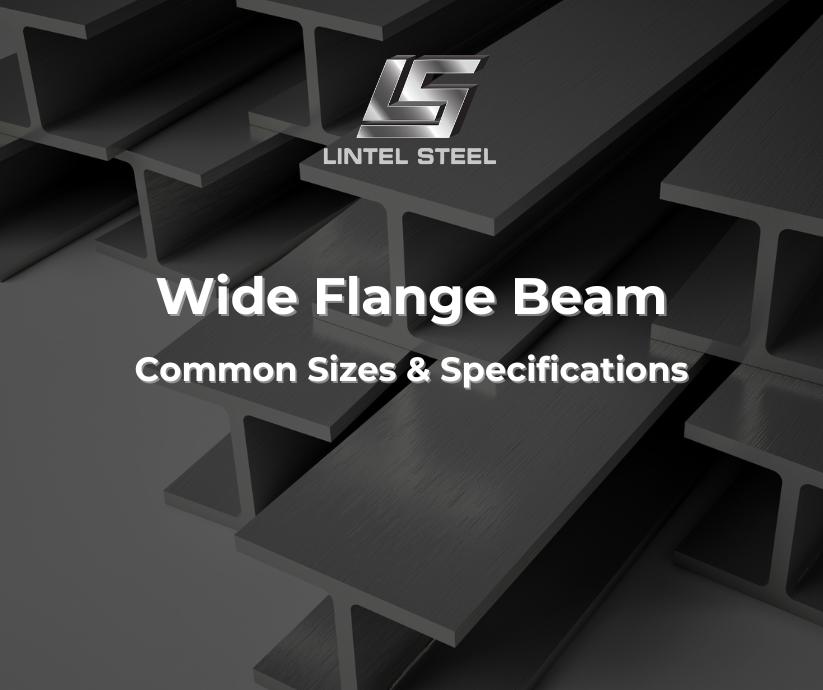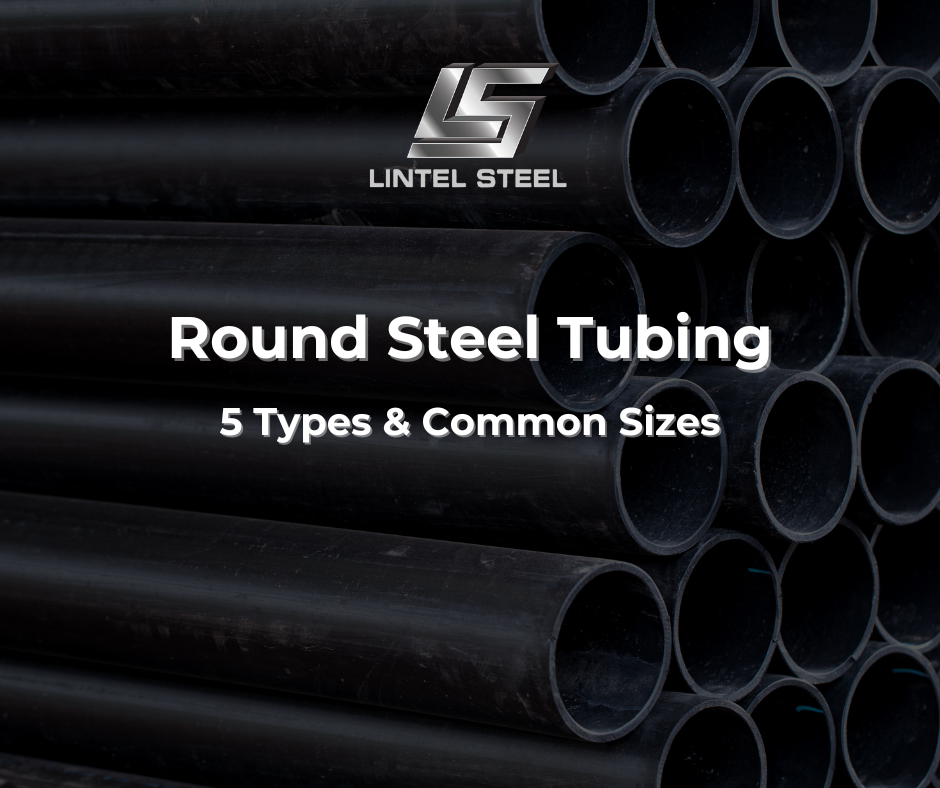Stainless Steel RHS: 5 Expert Guides to Choose the Right Steel

When durability meets a clean, polished appearance, few materials perform better than stainless steel RHS. Whether you’re working on a high-end architectural project, a demanding industrial job, or a modern home build, stainless RHS offers a unique blend of strength, corrosion resistance, and aesthetic appeal.
In this article, we’ll explore exactly what stainless steel RHS is, its benefits, popular uses, sizes, and how to choose the right section for your needs.
What Is Stainless Steel RHS?
RHS stands for Rectangular Hollow Section, a type of structural steel tube with a rectangular cross-section. When made from stainless steel, these RHS sections provide not only a strong support structure but also resistance to rust, chemicals, and extreme weather conditions.
Unlike mild steel, which often requires painting or galvanising, stainless RHS naturally resists corrosion due to its chromium content. That makes it a preferred option in environments where hygiene, appearance, and longevity are critical.
Why Choose Stainless Steel RHS?
Here are the key reasons builders, engineers, and architects opt for stainless steel RHS:
Corrosion Resistance
Thanks to its chromium-rich composition (usually 304 or 316 grades), stainless RHS can withstand:
- Moisture and humidity
- Salt air in coastal environments
- Industrial chemicals
- Cleaning agents in hygiene-sensitive areas
This makes it ideal for outdoor structures, marine applications, and food-grade settings.
Durability Under Load
Despite its sleek finish, stainless RHS offers excellent load-bearing strength, especially when thick-walled sections are used. It maintains rigidity over long spans and resists deformation under stress.
Clean, Modern Aesthetic
In architecture and commercial design, stainless steel RHS is valued for its crisp, modern look. It’s often left exposed in:
- Handrails
- Staircases
- Frames
- Decorative facades
With minimal maintenance, it retains its shine for years.
Low Maintenance
No painting, powder coating, or rust-proofing needed — stainless RHS is low-maintenance by design. A simple wash keeps it looking brand new, even after decades of use.
Common Applications of Stainless Steel RHS
Stainless RHS steel is used across a wide range of industries and applications. Here are the most common:
1. Commercial and Residential Architecture
- Balustrades, fences, and gates
- Exposed frame structures
- Window and door frames
- Garden features and shade structures
Its refined appearance and durability make it a premium choice for visible structures.
2. Food Processing and Commercial Kitchens
- Food-grade workbenches
- Storage racks and shelves
- Conveyor systems
- Cleanroom structures
The non-porous, sanitary surface of stainless steel RHS prevents bacterial growth — essential for meeting food safety standards.
3. Marine and Coastal Projects
- Boat frames
- Jetty components
- Salt-exposed structures
- Pool fencing and accessories
Grade 316 stainless RHS is especially suited for high-chloride or saltwater environments.
4. Manufacturing and Industrial Settings
- Equipment framing
- Platforms and supports
- Fluid and gas enclosures
- High-temperature components
Stainless RHS is resistant to both heat and chemical corrosion, making it reliable in tough industrial conditions.
Available Sizes of Stainless Steel RHS
Stainless steel RHS comes in a wide range of dimensions, wall thicknesses, and lengths to suit different load requirements and design intentions.
Here are some common size examples (width x height x wall thickness):
- 25 x 25 x 1.5 mm
- 50 x 25 x 2.0 mm
- 75 x 50 x 3.0 mm
- 100 x 50 x 3.0 mm
- 150 x 100 x 4.0 mm
Lengths are typically available in:
- Standard 6-meter lengths
- Cut-to-length options upon request
You can also choose between:
- Polished finishes for architectural uses
- Mill finishes for industrial applications
Choosing the Right Stainless RHS for Your Project
Selecting the correct stainless steel RHS (Rectangular Hollow Section) for your project isn’t just about finding the right size — it’s about ensuring your choice aligns with performance expectations, environmental factors, and long-term maintenance. Here’s a comprehensive guide to help you make an informed decision:
1. Choose the Right Grade: 304 vs 316 Stainless Steel
Stainless steel comes in various grades, but for RHS applications, 304 and 316 are the two most commonly used. Each has its strengths depending on where and how the section will be used:
304 Stainless Steel
- The most widely used grade due to its balance of cost and performance.
- Offers excellent corrosion resistance in indoor and mild outdoor environments.
- Ideal for architectural features, handrails, light fabrication, and general structural use.
Example Use Cases: Interior framing, furniture, shopfitting, mechanical components, general-purpose construction.
316 Stainless Steel
- Contains added molybdenum (Mo), which enhances resistance to chlorides, salt spray, and industrial chemicals.
- Provides superior protection in harsh or corrosive environments, especially near the ocean or in food/chemical processing plants.
Example Use Cases: Coastal buildings, marine structures, swimming pool enclosures, food-grade installations, pharmaceutical facilities.
Pro Tip: If you’re unsure, ask your supplier whether your site location or industry regulations require marine-grade stainless. For any outdoor or coastal project, go with 316 — the higher upfront cost pays off with longer life and less maintenance.
2. Wall Thickness and Structural Strength
The wall thickness of your stainless steel RHS plays a crucial role in its load-bearing capacity and overall rigidity. Choosing the right thickness depends on how much weight the structure needs to support, and whether the RHS is used as a frame, column, or surface element.
Thicker RHS (3.0mm–5.0mm walls)
- Suitable for load-bearing frames, mezzanine floors, equipment stands, or structural posts.
- Offers higher resistance to buckling and mechanical stress.
- Can be welded and bolted with minimal risk of warping.
Thinner RHS (1.5mm–2.5mm walls)
- Ideal for light-duty applications such as railings, decorative elements, display frames, or shelving.
- Easier to cut, fabricate, and install — saving time and cost for smaller projects.
Quick Tip: Always check your engineering specifications before selecting thickness. Overengineering increases cost and weight unnecessarily, while underestimating load could compromise safety.
3. Exposure, Finish, and Aesthetic Appeal
The environment your RHS will be exposed to — and whether it’s visible or hidden — influences the ideal surface finish.
Polished or Brushed Finish
- Offers a clean, modern, and professional look.
- Commonly used in visible areas like railings, architectural facades, commercial kitchens, and showrooms.
- Easier to clean and maintain, especially in hygienic settings.
Mill Finish (Unpolished)
- Best for industrial use or hidden structural components.
- More affordable than polished finishes.
- May show scratches or fingerprints but functions just as effectively.
Pro Tip: If your RHS will be visible to the public or part of an aesthetic design, go with a No. 4 brushed finish or mirror polish. For framing hidden behind walls, a basic mill finish will save money without compromising structural integrity.
4. Welding, Fabrication, and Machinability
Stainless RHS is highly workable, but to get clean, structurally sound results, proper tools, techniques, and filler materials should be used.
Key Considerations:
- Cutting and drilling require stainless-specific blades to avoid hardening or excessive heat.
- Use TIG or MIG welding with matching stainless wire or filler rods (308L for 304, 316L for 316).
- Post-weld passivation or pickling may be necessary to restore corrosion resistance at the weld site.
Fabrication Services to Look For:
- Precision cut-to-length options
- Pre-drilling or laser cutting
- Bevelled or polished edges
- Bending and notching services
Ask your supplier if they provide pre-fabrication — it can reduce on-site labour, prevent waste, and improve safety.
5. Budget, Quantity, and Lead Times
Stainless RHS is an investment — and while it’s often more expensive than carbon steel, the long-term savings from reduced maintenance and longer life can be significant.
Tips to Manage Costs:
- Order in bulk to access volume discounts.
- Plan early to avoid custom mill runs or backorders.
- Combine orders with other stainless products to reduce freight.
- Consider remnant or stock clearance sales for non-aesthetic projects.
If you need fast delivery or unusual sizes, local suppliers with in-stock inventory can save you weeks compared to offshore imports.
| Factor | Light-Duty Applications | Heavy-Duty / Structural Use |
| Grade | 304 | 316 (especially in coastal/marine) |
| Wall Thickness | 1.5–2.5mm | 3.0–5.0mm |
| Finish | Polished (visible), Mill (hidden) | Mill or polished as needed |
| Fabrication | Pre-fab cuts, easy welding | Strong joints, clean welds needed |
Where to Buy Stainless Steel RHS
When buying stainless steel RHS, choose a supplier that offers:
- A wide range of sizes, thicknesses, and finishes
- Certified material that meets AS/NZS 1163 or equivalent standards
- Custom cutting, polishing, or fabrication options
- Reliable delivery and support
Working with a local steel supplier also ensures faster lead times and better access to expert advice for your specific project.
Conclusion: The Reliable Beauty of Stainless RHS
Whether you’re constructing a polished handrail, a tough marine frame, or a food-grade workbench, stainless steel RHS is a smart, long-lasting choice. It brings together the strength of structural steel with the sleek aesthetics and hygiene benefits of stainless materials.
Its versatility, corrosion resistance, and clean design make it suitable for both light and heavy-duty applications across multiple industries.
Need help finding the right stainless RHS section for your project?
We offer a full range of stainless steel RHS sizes, grades, and finishes — all available with custom cuts and fast delivery.
Send us your drawing or specs today — quotes are always free!
You can find out more about us at our Fanpage Lintel Steel.





